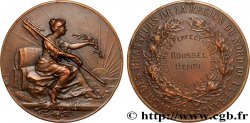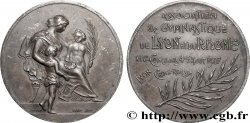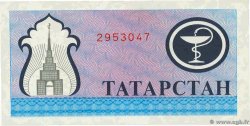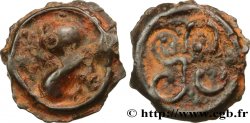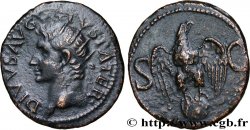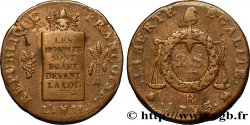fmd_823512 - Module de 20 francs argent, 10e anniversaire de la Paix 1929 Paris GEM.254 1
Not available.
Item sold on our e-shop (2023)
Price : 90.00 €
Item sold on our e-shop (2023)
Price : 90.00 €
Type : Module de 20 francs argent, 10e anniversaire de la Paix
Date: 1929
Mint name / Town : Paris
Metal : silver
Millesimal fineness : 800 ‰
Diameter : 35 mm
Orientation dies : 12 h.
Weight : 19,87 g.
Edge : inscrite en relief à trois viroles : (corne) MONNAIE DE PARIS ARGENT TITRE 0,800
Coments on the condition:
Exemplaire fortement nettoyé
Obverse
Obverse legend : G. CLEMENCEAU - R. POINCARE - A. BRIAND (BRANCHE DE LAURIER).
Obverse description : Têtes accolées de Briand, Poincaré et Clémenceau à gauche.
Reverse
Reverse legend : * SERVITEURS DE LA REPUBLIQUE FRANCAISE // PAIX - 1919-1929.
Reverse description : La Semeuse marchant à gauche et semant ; derrière le soleil levant.
Commentary
D’après Mazard, cette pièce qui est au module de la 20 francs Turin a été frappée suite à une initiative privée ce qui explique qu'elle ne porte pas de valeur faciale. Sa commercialisation a été interdite, malgré son réel succès public, pour contrefaçon d'un type monétaire. Lorsque l'on se replace dans le contexte de l'époque et de la montée des périls, il est compréhensible que le public ait été très sensible à cette conjugaison des symboles de la Semeuse et des leaders politiques, symboles de la paix. Georges Clémenceau (1841-1929), le père de la Victoire, Raymond Poincaré (1860-1934), le restaurateur du Franc, Aristide Briand (1862-1932), plusieurs fois Président du Conseil, signataire avec Stresemann du Traité de désarmement franco-allemand, représentaient les espoirs d'une France saignée par la Grande Guerre".
According to Mazard, this coin, which is the size of the 20 Turin francs, was struck following a private initiative, which explains why it does not bear a face value. Its marketing was banned, despite its real public success, for counterfeiting of a monetary type. When we put ourselves in the context of the time and the rise of perils, it is understandable that the public was very sensitive to this combination of the symbols of the Sower and political leaders, symbols of peace. Georges Clémenceau (1841-1929), the father of Victory, Raymond Poincaré (1860-1934), the restorer of the Franc, Aristide Briand (1862-1932), several times President of the Council, signatory with Stresemann of the Franco-German Disarmament Treaty, represented the hopes of a France bled dry by the Great War.
According to Mazard, this coin, which is the size of the 20 Turin francs, was struck following a private initiative, which explains why it does not bear a face value. Its marketing was banned, despite its real public success, for counterfeiting of a monetary type. When we put ourselves in the context of the time and the rise of perils, it is understandable that the public was very sensitive to this combination of the symbols of the Sower and political leaders, symbols of peace. Georges Clémenceau (1841-1929), the father of Victory, Raymond Poincaré (1860-1934), the restorer of the Franc, Aristide Briand (1862-1932), several times President of the Council, signatory with Stresemann of the Franco-German Disarmament Treaty, represented the hopes of a France bled dry by the Great War.








 Report a mistake
Report a mistake Print the page
Print the page Share my selection
Share my selection Ask a question
Ask a question Consign / sell
Consign / sell
 Full data
Full data